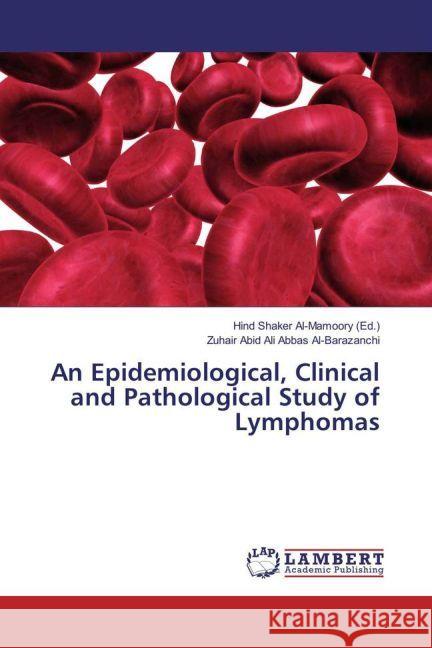An Epidemiological, Clinical and Pathological Study of Lymphomas » książka
An Epidemiological, Clinical and Pathological Study of Lymphomas
ISBN-13: 9783330059009 / Angielski / Miękka / 2017 / 312 str.
Lymphomas constitute a heterogeneous group of clonal lymphoid system neoplasms arising as a result of a one or more of somatic mutations in a lymphocyte progenitor. The progeny of affected cells usually carry the phenotype of a B, T, or natural killer (NK) lymphocyte. They include distinct disorders defined by their clinical, histological, immunological, molecular, and genetic characteristics. Each one of these represents a clonal expansion of a normal precursor cell. The study of human lymphomas using modern techniques of immunology and cell biology has largely contributed to our understanding of the behavior of the immune system and its neoplastic transformation. Any part of the lymphatic system can be the site of a primary lymphatic disease including lymph nodes; gut associated lymphatic tissue, skin or spleen. However, any extra lymphatic organ or tissue, like GIT, thyroid, lung, breasts, bone, brain or gonads, may be involved either primarily (primary extranodal lymphomas) or through the spread from certain lymphatics to them....











